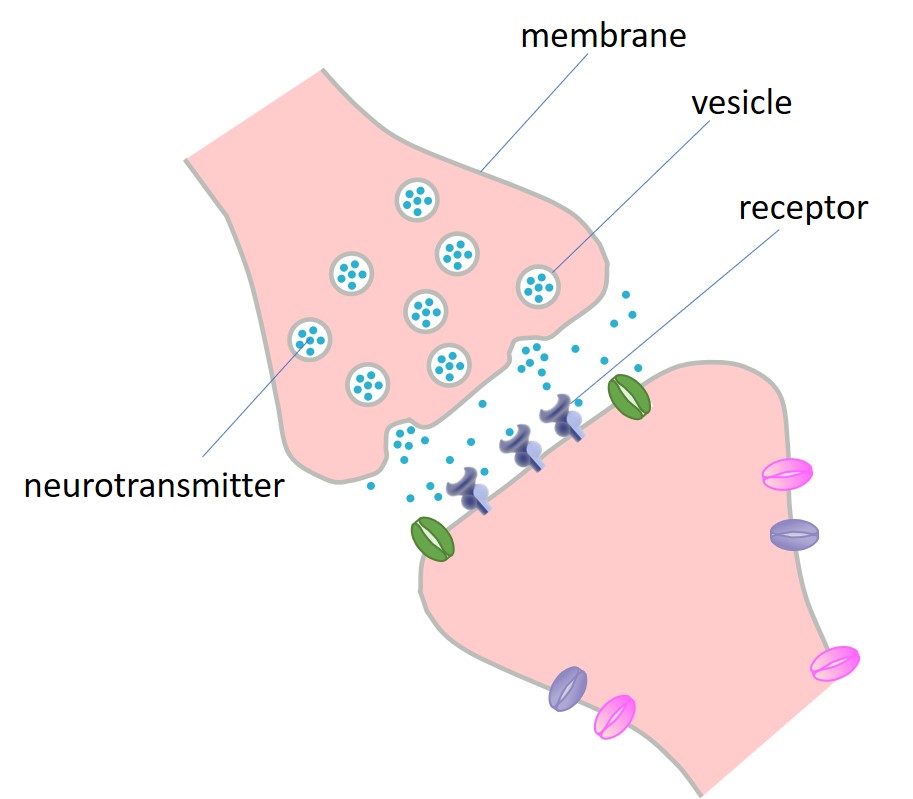BNA Event -
5th Jun 2020
Neuronal Communication Webinar: Friday 5th June, 4 pm (UK time/BST)
Please register by clicking here
This webinar will be on the topic of neuronal communication and will be aimed at secondary school children (ages 12-16). We will be learning about what goes on in synapses, the Reward pathway, and what changes can happen to synapses to cause people who take drugs to become addicted to them.
We are planning for this webinar to run for about 1 hour.
Important! During the webinar, we will be using Kahoot to allow you to give us your answers and ideas!
You will need a device that several students can share to watch the presentation on, and a method of interacting with our webinar (with kahoot or without Kahoot), you can use one of the following methods:
- A smartphone/tablet/other device per child (with kahoot up) and a computer (to watch the presentation altogether) recommended
- A computer with two tabs open (one with presentation open, and another with kahoot open)
- A computer/ other device (to watch presentation on) and paper and a pen to write down answers (If you aren't able to use Kahoot)
If you have a smartphone/tablet/another tab to hand for each child they will be able to answer questions individually, otherwise, they can work as a team.
About neurons
If you haven't already learned about neurons, either through school or through one of our previous webinars, it would be helpful to find out what neurons are, what they do, and their various parts. This video gives a great explanation of these things in just 2 minutes. It may be useful to draw and label a neuron or make one after watching this to help you remember the neuron's parts. Click here for some help with this.
Alternatively, you could watch our 'Neurons' webinar, however, please note that this was aimed at (younger) primary school children.
Activity: Making a zoomed-in synapse model
During the webinar, we will be making a model of a synapse. This model is more detailed than the model we made in the primary webinar, focusing in on what's happening at the synapse.
 For reference, when we zoom in to a synapse, it looks a bit like this (right).
For reference, when we zoom in to a synapse, it looks a bit like this (right).
Below are some suggestions for materials you could use to make the model but be as creative as you'd like!
- For the membrane - wool/string/twine/paper/pipe cleaners/modeling clay/strawberry laces
- For the vesicles - the same as you used for the membrane
- For the neurotransmitters - newspaper/tissue paper/pom-poms/pipe cleaners/modeling clay/Maltesers
- For the receptors - bottle tops/pipe cleaners/modeling clay/marshmallows
Please register by clicking here








 For reference, when we zoom in to a synapse, it looks a bit like this (right).
For reference, when we zoom in to a synapse, it looks a bit like this (right).